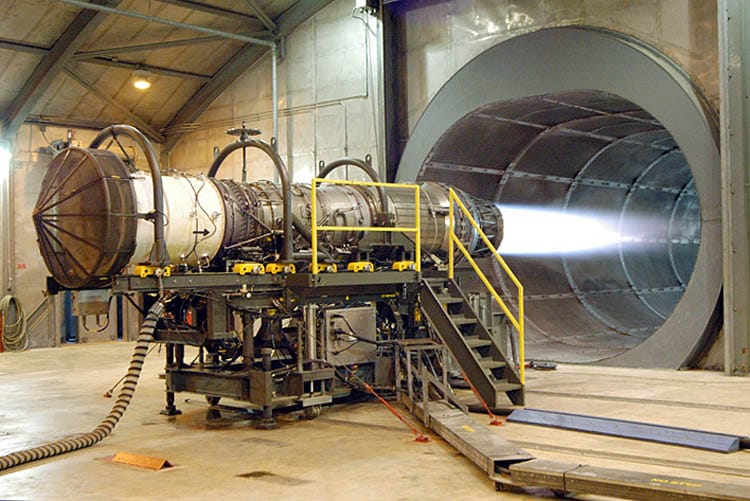rhenium

Rhenium is a chemical element with atomic number 75 and the symbol Re. Its history and etymology are characterized by a series of errors and nationalistic feelings that overshadow the scientific achievement of its discovery.
It is a dense, silvery-white metal with the highest melting point of all the elements with the exception of tungsten. It was the last nonradioactive element to be discovered. Its primary use is in the production of alloys for jet-engine parts and high-precision machinery. Other uses include in the production of lead-free, high-octane gasoline, and its radioactive isotopes are used in nuclear medicine.
Element 75 was accidentally and unknowingly discovered in 1908 by Masataka Ogawa, who mistook it for element 43. He dubbed his “discovery” nipponium, after his homeland of Japan. Reanalysis of Ogawa’s notes and spectra in 2004 showed that he had actually found element 75. But in the meantime, Walter Noddack, Ida Noddack (née Tacke), and Otto Berg had successfully found element 75 in 1925, dubbing it rhenium, after the Rhine river, the Latin name for the river being Rhenus. From their announcement of the discovery in the journal Naturwissenschaften:
Wir schlagen für die neu entdeckten Elemente folgende Namen vor:
Für das Element 43 nach unserer Ostmark den Namen Masurium (Ma) und für das Element 75 nach dem deutschen Rhein den Namen Rhenium (Re).
(We propose the following names for the newly discovered elements:
For element 43, after our eastern province the name Masurium (Ma) and for element 75, after the German Rhine the name Rhenium (Re).)
Their choice of names demarcated the eastern and western boundaries of Germany at the time. But their claim to have also discovered element 43 could not be replicated and their choice of Masurium raised hackles in that it was taken by the international community to be a patriotic reference to the battles of the Masurian Lakes in 1914–15, in which the German army had decisively defeated the Russians. Element 43 was indisputably found in 1937 and dubbed technetium.
Sources:
Miśkowiec, Pawel. “Name Game: The Naming History of the Chemical Elements—Part 3—Rivalry of Scientists in the Twentieth Century.” Foundations of Chemistry, 12 November 2022. DOI: 10.1007/s10698-022-09452-9.
Noddack, Walter and Ida Tacke. “Die Ekamangane.” Naturwissenschaften, 13, June 1925, 567–74 at 574.
Oxford English Dictionary, third edition, June 2010, s.v. rhenium, n.
Yoshihara, H. K. “Discovery of a New Element ‘Nipponium’: Reevaluation of Pioneering Works of Masataka Ogawa and His Son Eijiro Ogawa.” Spectrochimica Acta Part B: Atomic Spectroscopy, 59.8, 31 August 2004, 1305–10. DOI: 10.1016/j.sab.2003.12.027.
Image credit: Sue Sapp, unknown date (before 2005). U.S. Air Force photo. Wikimedia Commons. Public domain image.